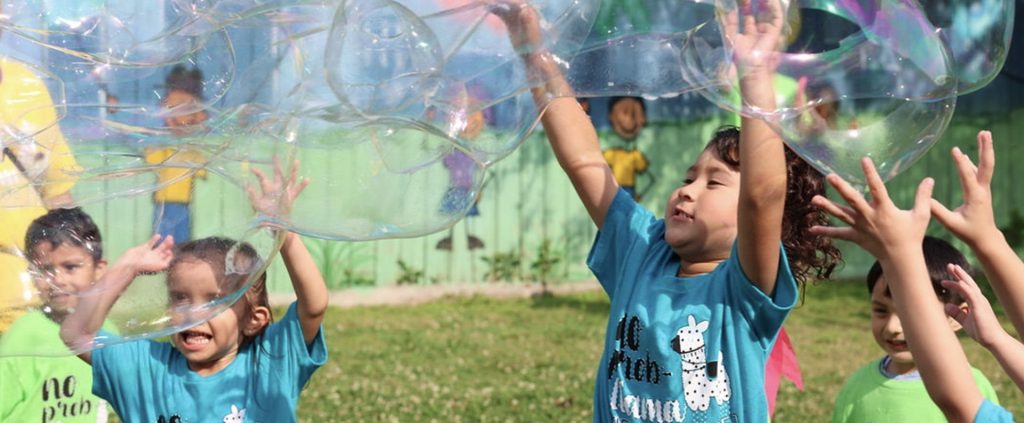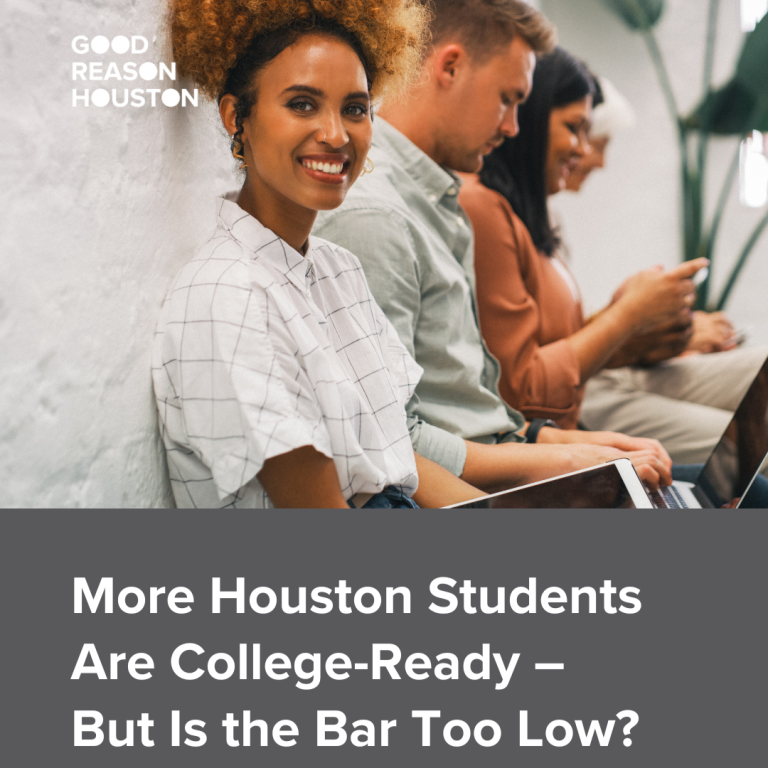Kindergarten readiness data, released last week by the Texas Education Agency, sheds light on the value of attending pre-K readiness assessments are administered at the beginning of the year and include early academic skills like letter recognition, vocabulary, and counting. Additionally, students are assessed on emotional regulation and gross and fine motor control. For teachers these assessments help them tailor instruction and support. For researchers like us, the data sheds light on how well public pre-k is doing in setting a strong foundation for our littlest learners.
The results are clear: attending pre-K sets a strong foundation for success. Students who are eligible and attend public pre-K are twice as likely to be kindergarten ready as eligible students who do not attend.
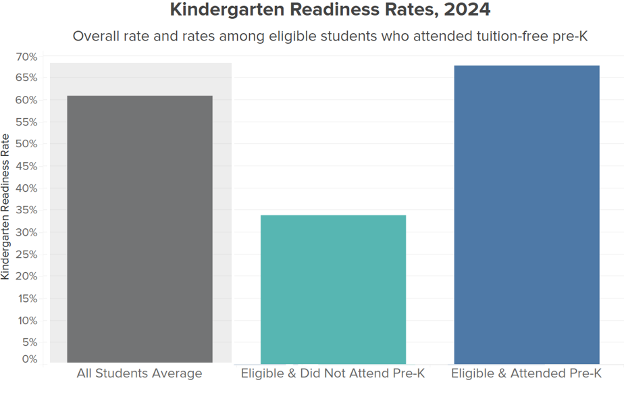
The year-over-year trend shows rapid progress since the pandemic for eligible students who enroll in public pre-k. In fact eligible students who enroll (who qualify based on criteria like being emergent bilingual, economically disadvantaged, homeless, or in foster care) actually show the same kindergarten readiness rates as students who are not, closing a historically large and persistent gap.
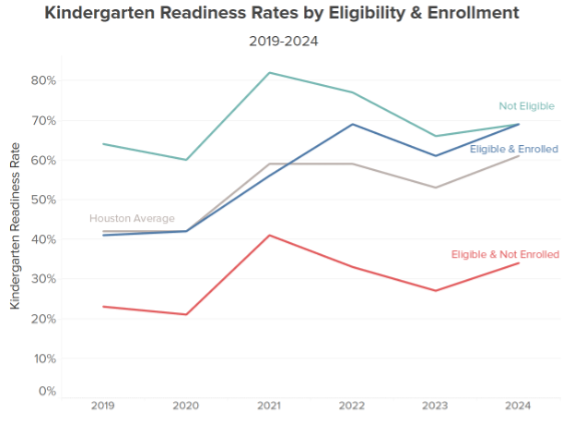
Emergent bilingual (EB) students benefit greatly from public pre-K. Kindergarten readiness rates for EB students that attended public pre-K the year prior was 43 percentage points higher than for EB students who did not attend. This data suggests that early language exposure– in both English and dual language classrooms that are available across the city– sets a strong foundation for academic skills.
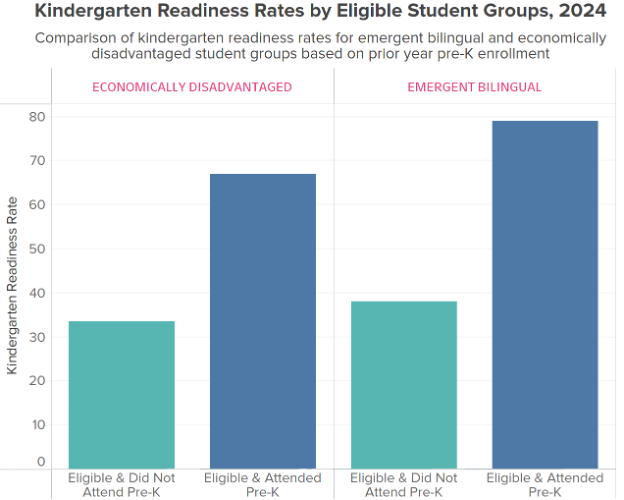
41,000 students are eligible but not enrolled in tuition-free public pre-K
More than 71,000 children across Houston are eligible for free public pre-K because they meet at least one criteria, including being emergent bilingual (EB) or economically disadvantaged (EcoDis). Yet, only 41% of eligible students enrolled in public pre-K for the 2023-24 school year—a slight uptick from the previous year but still not back to pre-pandemic levels. This means while 27,000 children attended free public pre-K, 41,000 remained unenrolled.
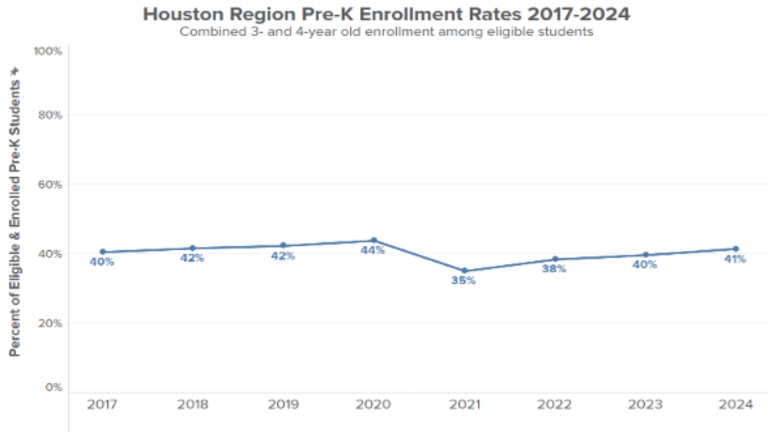
Public pre-K enrollment rates have remained stagnant over the past five years. While all 11 ISDs in our region have rebounded at or above their 2020-21 enrollment, which were at an all-time low due to the pandemic, few ISDs have yet to experience enrollment rates rebound above pre-pandemic highs. Alief, Channelview, Cypress-Fairbanks, Klein, and Spring ISDs are notable exceptions with enrollment rates at or above 2020, with enrollment data captured prior to the pandemic.
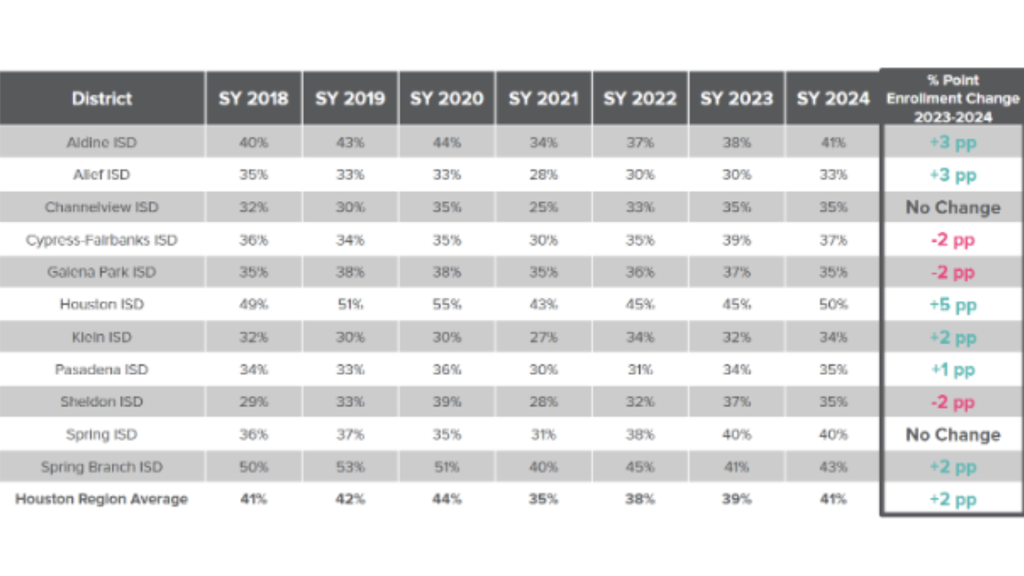
Some of the most common reasons families cite for not enrolling in public pre-K include:
-
lack of knowledge about available programs
-
challenges navigating the enrollment process,
-
lack of access to transportation,
-
concerns about safety, and
-
perception that school should begin at 5 years of age.
Given that many of these barriers are informational, we work directly with districts to spread the word and help parents navigate the application and enrollment processes. This includes supporting Houston ISD’s pre-K enrollment efforts last year, which resulted in a sizable 5 percentage-point increase in enrollment rates. Houston ISD focused its efforts on targeting canvassing and marketing in zip codes with high eligible student populations, hosting student enrollment fairs throughout the city and providing application assistance at fairs and school sites.
Great pre-K programs balance academic and social skills in joyful environments
What’s crucial for pre-K aged children? Discovering their identities and learning to thrive within a community. Research underscores the profound impact of developing interpersonal skills—like sharing, cooperating, and assisting others—on a child’s future. These skills not only mark social growth but also correlate strongly with significant life outcomes, such as higher educational achievements and career success. The most effective pre-K programs provide a rich academic experience that lays the foundation for lifelong curiosity and learning.
Our Houston Schools That Inspire campaign awardees showcase what is possible when we nurture our youngest and most vulnerable learners. Farias Early Childhood Center, Kujawa Primary, and YES Prep Airline Elementary, commit to enlivening early literacy and numeracy, and ensuring a balanced approach that nurtures cognitive development with age-appropriate, knowledge-rich content.
These pre-K programs inspired us for their ability to build connections between school and home, nurture good habits, foster strong social skills, and enable joyful empowerment through movement and play, ultimately leading children to an increased likelihood of academic and interpersonal readiness when they enter Kindergarten.

